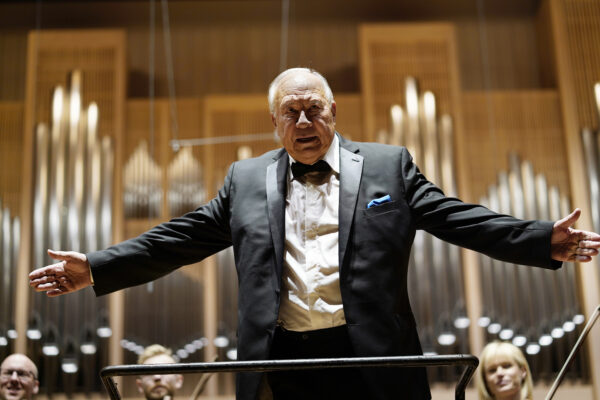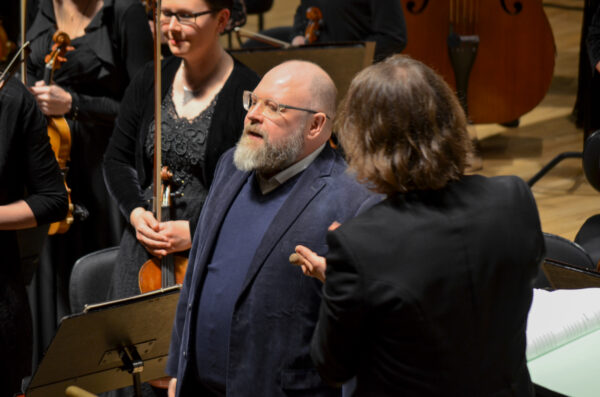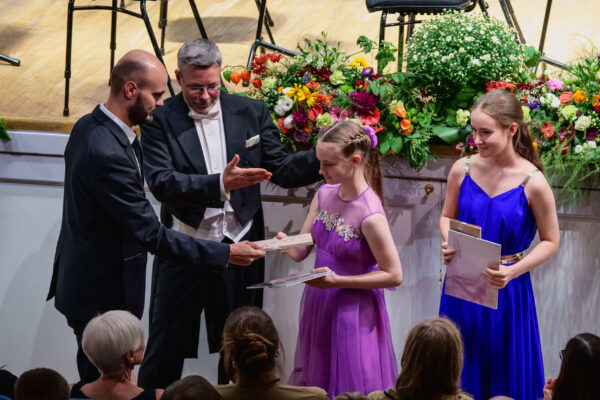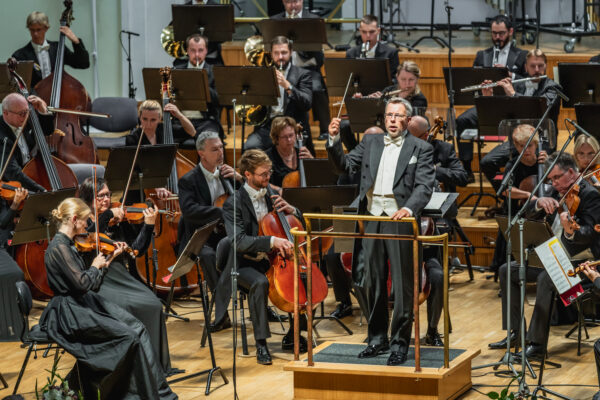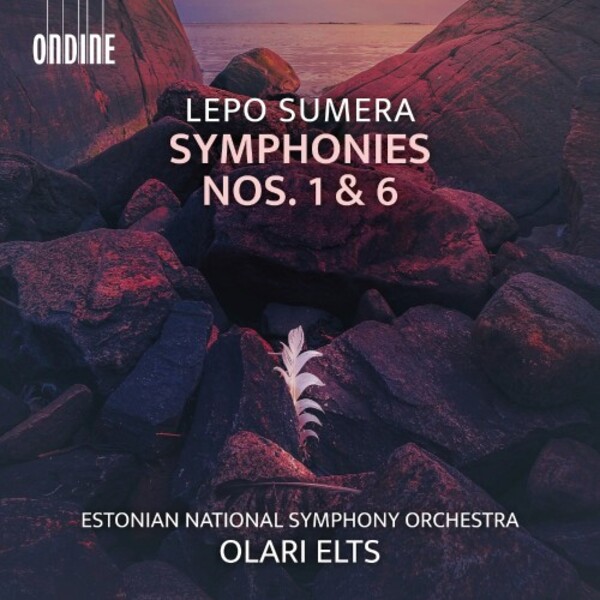Kontserdid
- 04.12.25 kell 19:00 - Eesti Muusika- ja Teatriakadeemia kontserdisaal
- 05.12.25 kell 19:00 - Eesti Muusika- ja Teatriakadeemia kontserdisaal
- 11.12.25 kell 13:00 - Estonia kontserdisaal
- 12.12.25 kell 19:00 - Estonia kontserdisaal
- 13.12.25 kell 18:00 - MUBA suur saal
- 16.12.25 kell 20:00 - Cankarjev dom, Ljubljana
- 19.12.25 kell 19:30 - Festspielhaus Bregenz
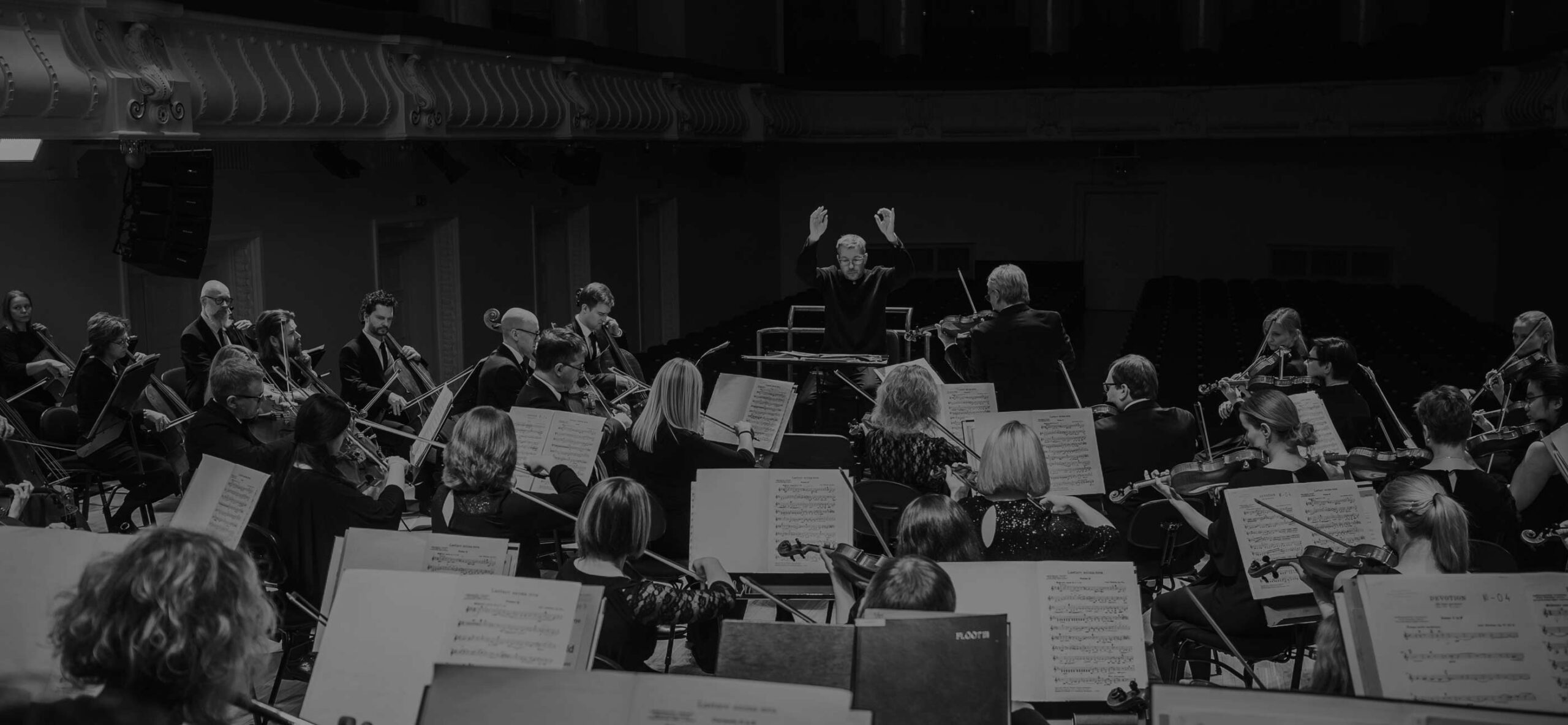
Orkestrist
Eesti Riiklik Sümfooniaorkester (ERSO) on elav ja mitmekülgne orkester, kes püüdleb alati tipptaseme poole. Eesti vanima ja mainekaima regulaarselt tegutseva sümfooniaorkestri kontserdid toimuvad Estonia kontserdisaalis ning osad sündmused on korraldatud koostöös sihtasutusega Eesti Kontsert. ERSO ajalugu ulatub aastasse 1926 ning sarnaselt paljude omataolistega maailmas on seotud rahvusliku ringhäälingu sünni ja arenguga. Alates 2020 on enam kui 100-liikmelise orkestri peadirigent ja kunstiline juht Olari Elts.
Loe edasiUudised
Neeme Järvi on taas ERSO ees
Eesti Riikliku Sümfooniaorkestri pressiteade 11. novembril Reedel, 14. novembril kell 19 naaseb ERSO ette eluaegne aupeadirigent Neeme Järvi. Maestro [...]
EERO keelpillifond toetab ERSOt
Eesti Elu, Kanada 2022. aastal võttis Eesti Riikliku Sümfooniaorkestriga (ERSO) ühendust EERO Canada. Olles pandeemiaperioodil aktiivne ERSO TV jälgija, [...]
ERSO esituses kõlab äsja Opus Klassik auhinna pälvinud helilooja Jüri Reinvere uudisteos
Eesti Riikliku Sümfooniaorkestri pressiteade 22. oktoobril Reedel, 24. oktoobril kell 19 kõlab Estonia kontserdisaalis Jüri Reinvere flöödikontserdi esmaettekanne ja [...]
ERSO avakontserdil anti üle Olari Eltsi nimeline stipendium
ERSO pressiteade 20.09.2025 ERSO peadirigendi ja kunstilise juhi Olari Eltsi nimelised stipendiumid pälvisid tänavu viiuldaja Anna Katarina Tralla ja tšellist [...]
ERSO 99. hooaeg “Sajandi lävel” toob välisturnee ja uue kontserdisarja, jäävad aga mure palganumbri ja kontserdimaja pärast
ERSO pressiteade 08.09.2025 Reedel, 19. septembril alustab ERSO oma 99. hooaega „Sajandi lävel“ piduliku avakontserdiga. Dirigent Olari Eltsi juhatusel [...]
Sumera sümfooniad nr 1 ja nr 6
Andrew Mellor, Gramphone Lepo Sumera on ilmselt kõige tuntum selle poolest, et ta oli laulva revolutsiooni ajal Eesti kultuuriminister. [...]

 ENG
ENG

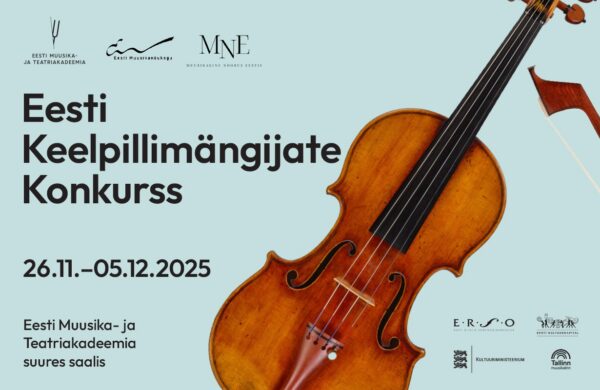 "
" 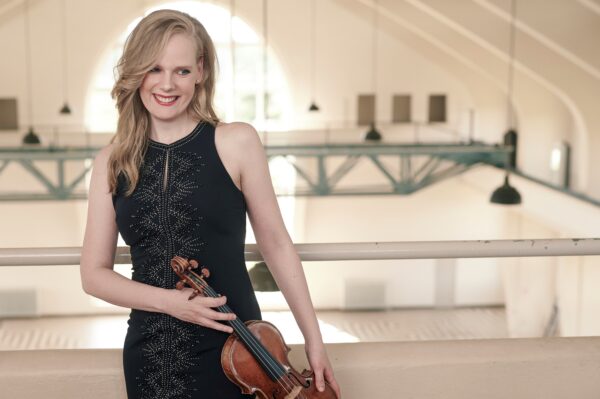 "
" 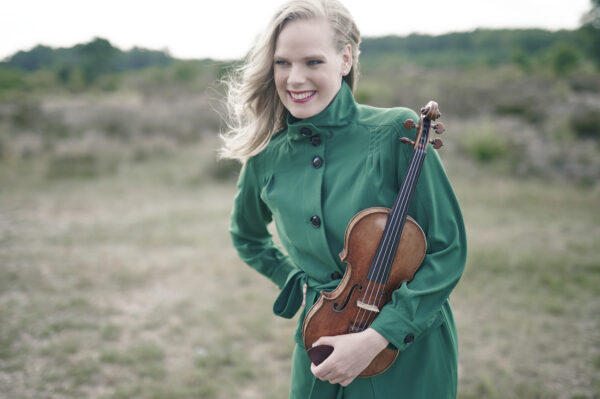 "
" 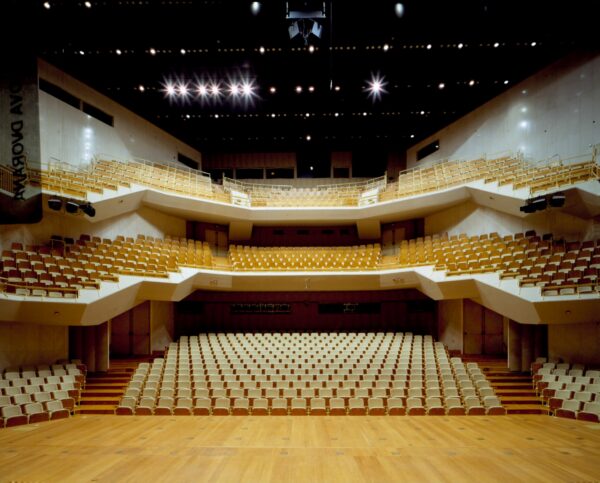 "
" 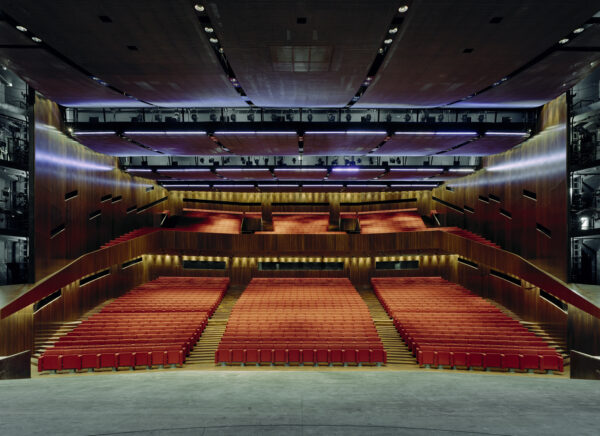 "
" 
